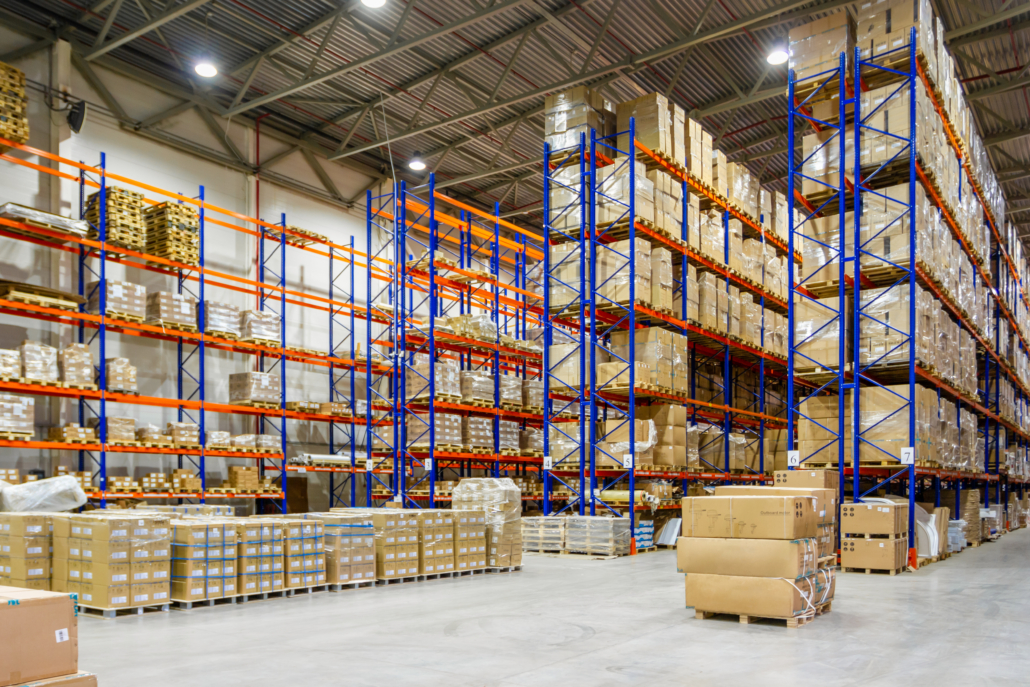Warehouse Relocation: Everything You Need to Know
Planning a warehouse relocation can be daunting. This guide will equip you with the knowledge and strategies to navigate this process smoothly and minimize disruption to your business.
What is a Warehouse Relocation?
A warehouse relocation involves moving your entire storage and distribution operation to a new facility. It’s a complex undertaking that requires careful planning, execution, and coordination. Luckily, there are professionals with years of experience in the industry whose job it is to make the warehouse relocation process as smooth and flawless as possible.
Scope of a Warehouse Relocation
The scale of a warehouse relocation can be surprising. It goes beyond simply transporting boxes. Here’s a breakdown of the typical moving parts involved:
- Risk Assessment: Identifying potential challenges and developing mitigation strategies
- Project Schedule and Coordination: Creating a detailed timeline for each step of the move
- Vendor Selection and Management: Sourcing and coordinating reliable vendors for tasks like equipment rigging, packing, and transportation
- New Pallet Racking: Planning and installing racking systems in the new warehouse to optimize storage capacity and workflow
- Interim Moves: Strategically relocating portions of inventory or equipment to minimize downtime
- On-site Project Management: Having a dedicated professional oversee the entire relocation process at the new location
- Move Management: Coordinating the logistics of packing, transporting, and unpacking all your inventory and equipment
- Rigging: Safely moving and installing heavy machinery or oversized equipment
- Inventory Transfer: Tracking and managing the movement of all your inventory items during the relocation
What is a Warehouse Transition Strategy?
A successful warehouse relocation hinges on a well-defined transition strategy. Along with a relocation checklist, outline the key steps to ensure a smooth handover between the old and new facilities. Here are some crucial elements to consider:
- Manpower: Calculate the labor required for packing, unpacking, and equipment handling. Determine if your team can manage or if additional staff is needed
- Budgeting: Develop a comprehensive budget that factors in all costs associated with the move, including labor, equipment rentals, transportation, and permits
- Communication: Clearly communicate the relocation plan and timeline to all employees. Provide regular updates and address any concerns
- Scheduling: Schedule deliveries and vendor services around the move to minimize disruption. Secure necessary permits well in advance
- Timeline: Establish a realistic timeline for the entire process, factoring in potential delays
- Lost Revenue: Account for potential lost revenue due to downtime during the transition
Warehouse relocations are a major investment! According to industry data, businesses spend over $20 billion annually on local and long-distance moves.
5 Things to Consider with a Warehouse Relocation
Beyond the core logistics, here are additional factors to consider for a successful warehouse relocation:
1. Consider the Size of the New Warehouse Space
Treat the move as an opportunity to optimize your storage and workflow. Analyze your current space utilization and plan the layout of the new warehouse to maximize efficiency.
- Upright Placement: Consider the differences in upright placement between your existing and new warehouse. This will impact your overall storage strategy.
2. Plan Deliveries and Vendors
- Inventory Management: Decide whether to adjust incoming deliveries leading up to the move to avoid a surge in inventory at the new location.
- Vendor Scheduling: Strategize receiving schedules based on your needs. Choose to receive more deliveries beforehand or plan for a lighter receiving period upon arrival at the new facility.
3. Sort Out Racking
- New vs. Existing Racking: Evaluate whether to purchase new racking systems for the new warehouse or relocate your existing ones. Consider factors like compatibility with the new space, future business needs, and building codes.
- Selling Old Racking: If opting for new racking, explore selling your existing setup once you’re settled in the new location.
4. Sensitive Equipment and Materials
- Inventory and Fragile Items: Meticulously plan the move of sensitive equipment and fragile materials. Prioritize their relocation to minimize downtime and potential damage.
5. Cost of Lost Production While Moving a Warehouse
Warehouse relocations can impact production if not managed effectively. Minimize downtime with a Phased Relocation Plan. You can implement a phased approach to move equipment and inventory. This ensures your team can maintain production in both locations during the transition.
Ensuring a Smooth Warehouse Relocation
Relocating a warehouse is a strategic undertaking. By understanding the scope, developing a comprehensive transition plan, and considering all the moving parts, you can minimize disruption and ensure a smooth and successful move for your business.
For a stress-free warehouse relocation, consider partnering with experienced professionals like Relocation Strategies. Contact us today!



